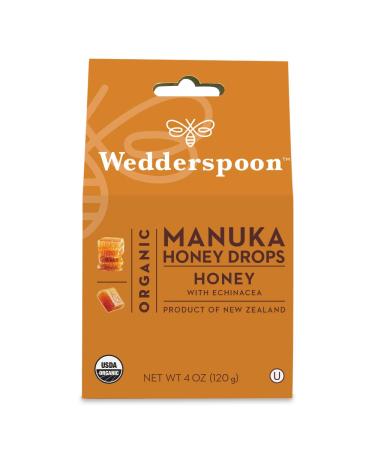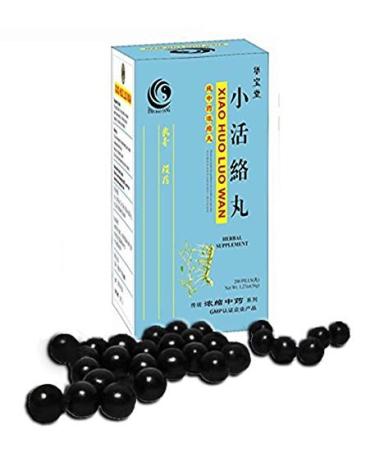Food Additive Name: Tito Modified Tapioca Starch Ingredient List: Modified Tapioca Starch E Code: E1412 Modification Type: Enzymatically modified Geltation Temperature: Gelation begins at 67-68 degrees. Complete gelation occurs at 73-75 degrees. Net Amount: 5 kg Physical Structure: Powder Lot Number: For backward traceability, lot numbers of all raw materials and packaging materials are recorded. The lot number of the product is located on the product packaging. Functional Class of the Food Additive: Carriers Name of the Source from which the Food Additive is Obtained: Tapioca Foods to which the Food Additive can be Added: It is used in permitted finished products, in accordance with the regulations in the Turkish Food Codex Food Additives Regulation and vertical communiqués, taking into account the relevant limitations. When the necessary information cannot be found in the regulations and communiqués, the law regulatory authorities of the relevant country can be consulted. Special Storage Use Conditions: Store in a dry and cool place with the lid closed. Commercial Title and Address of the Food Business Operator: Produced in Smart Kimya Tic. ve Dan. Ltd. Sti. Ege Sanayi Sitesi Balatçik Mah. 8901 3 Street No:3 3AO Çigli Izmir facilities. Manufacturer Business Registration Number: TR-35-K-047442 Origin: Turkey (The origin of the main ingredient of the food is different from the origin of the final product.) Directions for Use: In accordance with the Turkish Food Codex Food Additives Regulation, it should be used taking into account the foods to which it can be added, conditions of use, maximum amounts, and restrictions in the vertical communiqués on the finished product produced or planned to be produced. If use in countries other than Turkey is planned, the legal regulations of the relevant country should be taken into consideration. Product performance may vary depending on production conditions, the structure and performance of machinery and equipment, seasonal variables, and other raw materials. Before determining the optimal use amount, trials should be conducted with minimum amounts, strictly taking into consideration the restrictions specified in the Turkish Food Codex Food Additives Regulation. Area of Use Purpose of Sale: For food use. Technical Information: Tapioca is a type of tasteless, odorless, and colorless starch obtained from the roots of the Manihot esculenta plant by extraction. Originating in South Africa, the Manihot esculenta plant is now cultivated worldwide and is known as tapioca, bitter tapioca, cassava, boba, and kapa in the Kerala region of India. Tapioca is widely used worldwide as a thickening agent in foods. It is gluten-free and virtually protein-free. It is enzymatically modified. Gelation begins at 67-68 degrees Celsius. Complete gelatinization occurs at 73-75 degrees Celsius. The tapioca plant consists of red and green branches. While the red root can be used directly in foods, the toxins must be separated before utilization of the green root. Commercially, tapioca starch is available in fine and coarse particles, powder, flour, sticks, and pearls. Tapioca starch, which comes in rectangular sticks and pearls, must be soaked before cooking because it can absorb twice its volume of water. While stick and pearl starches can be colored, all tapioca starches are generally white. In all its forms, tapioca starch is opaque and translucent before cooking, but becomes translucent after cooking. Pearl-shaped tapioca starch is generally used in tapioca pudding and should be soaked in water for a day before use. For tapioca drinks, it should be treated in boiling water for 25 minutes. Uses: Tapioca starch comes in a variety of colors and sizes used in the food industry. The most common of these are tapioca pearls and tapioca sticks. Tapioca pearls, approximately 2 mm in diameter, are generally used in tapioca pudding, while larger pearls are used in some Taiwanese beverages known as "bubble tea" and "boba milk tea." In Brazilian cuisine, tapioca is used in a variety of dishes, from appetizers like bananas with condensed milk, chocolate, butter, cheese, and banana chocolate to meat dishes, and is served cold. In Southeast Asia, tapioca is generally served sliced and fried as a snack, similar to potato chips or French fries. Tapioca starch is used as a thickener in soups and many liquid foods. It is also used as a chemical binder (glue) in the pharmaceutical industry and in paints. Tapioca starch in its flour form is used in soft breads, cakes, and cookies. Granular tapioca starch is used in the fillings of pies with rich fruit content. Tapioca pudding (sago pudding) is a dessert made from tapioca starch and milk. Many different varieties of tapioca pudding are made in many cultures. Tapioca pudding has an emulsion structure. In Turkish cuisine, tapioca starch is used directly in puddings or cooked with fruit juices to add color and flavor.













